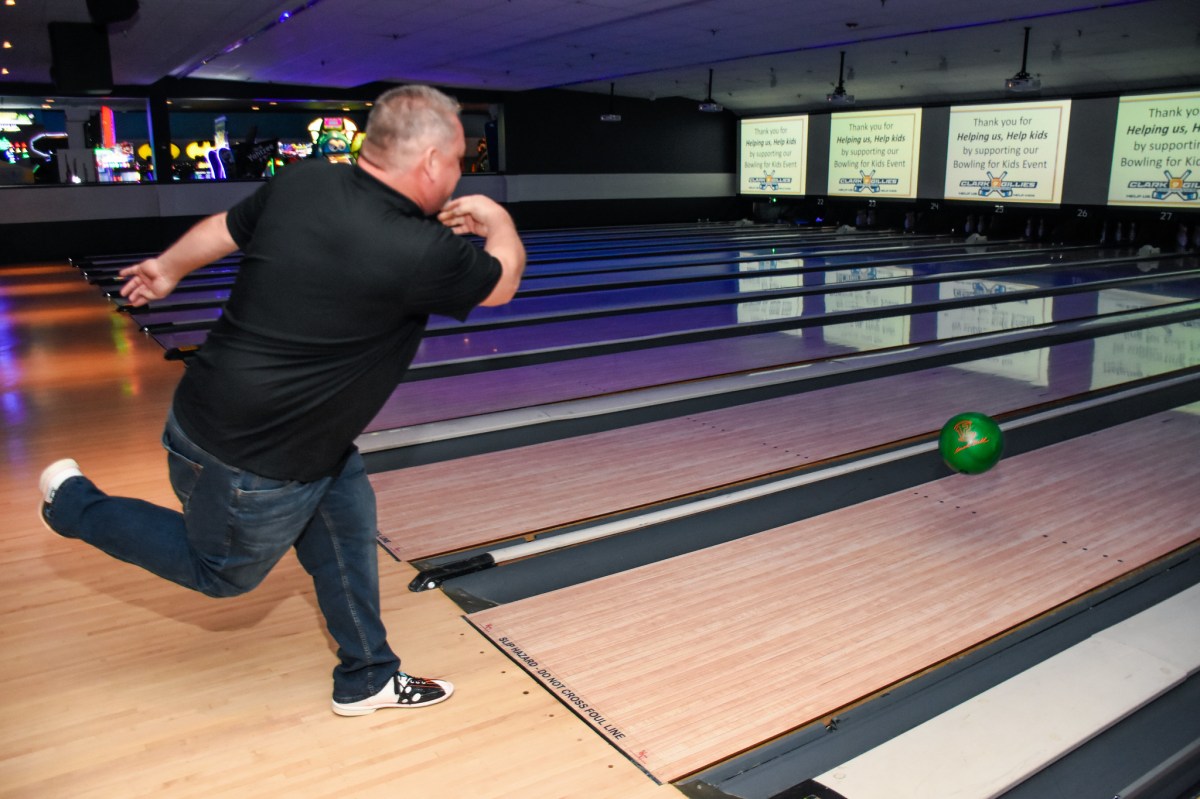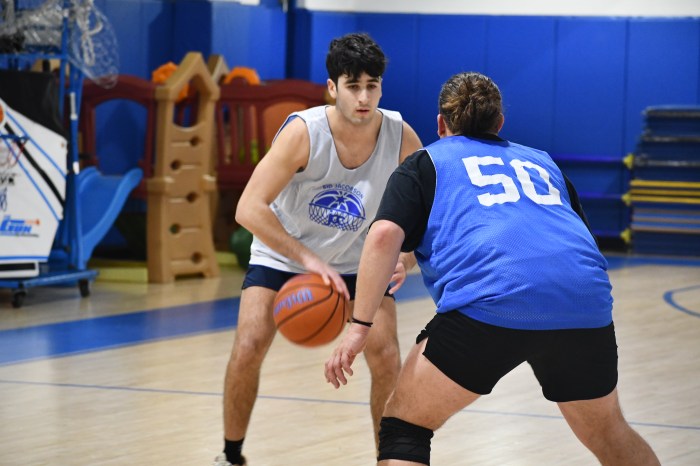Bowling alley owners who say their businesses are an integral part of Long Island communities have prepared extensive safety protocols they hope will convince Gov. Andrew Cuomo to allow them to reopen.
Bowling centers are prepared to implement safety measures that include screening all visitors, social distancing by using every other alley, instituting half an hour of extensive cleaning between parties using the same alley, delivering refreshments to each group rather than having them walk up to the counter, and contact tracing protocols in line with state efforts.
“Some in government may consider bowling nonessential, or not important enough to reopen right now,” said Chris Keller, owner of The All Star in Riverhead. “But we are the fiber of many communities.”
Despite LI being in the fourth and final phase of reopening from the coronavirus shutdown, industries that have yet to get the green light to reopen include catering halls, gyms, and bowling alleys.
Despite most bowling centers clocking in at a spacious 30,000 to 40,000 square feet, under the proposal, each bowling alley lane would also be limited to four players in an effort to minimize crowds.
For local officials, the issue is bigger than the need for summer recreation. Bowling centers are small businesses that have contributed much to communities across LI, and now need community support more than eve.
“Bowling centers offer fun and family-friendly recreation and access to a beloved pastime by employing more than 9,000 New Yorkers and providing tens of millions of dollars in economic activity and tax revenue,” said New York State Sen. Kevin Thomas (D-Hicksville).
Brenda Shasho, second-generation owner of Massapequa Bowl, emphasized the role of bowling centers in hosting events for seniors and handicapped individuals, as well as hosting fundraisers for local charitable causes like the Boys and Girls Club.
“We are reaching a point that if we do not open soon, we will lose everything that we built for the last 30 years,” Shasho stated, saying that the state’s expectation that bowling proprietors continue to pay “incredibly large” tax bills despite not being allowed to operate constituted an “unjust and unfair situation.”
Keller emphasized that bowling center owners were committed to their patrons’ safety, with him spending $20,000 personally to modify his business. However, fixed costs, including mortgages, electrical bills, and property taxes continue to eat into financial reserves, and two of the roughly 300 bowling centers statewide have already closed permanently.
Another group disproportionately impacted by bowling centers’ closures have been high school hopefuls on the competitive circuit, where upwards of $90 million in college scholarships are up for grabs for the NCAA Division I sport.
Even among these students, the COVID-19 pandemic may be exacerbating social inequities.
“Students who cannot afford to or are not able to travel to other states to train are losing their competitive edge,” said Amy Sheldon, a high school bowling coach.
State Assemblywoman Judy Griffin (D-Rockville Centre) pointed out that with bowling centers open safely in New Jersey and Connecticut, unnecessary interstate travel may have increased that could have been avoided by simply opening centers stateside.
“Governor Cuomo, we are ready,” said Keller. “We just need your guidance.”
Related Story: Long Island Gym Owner Plans Class-Action Lawsuit After Reopening Bumped From Phase 4
For more coronavirus coverage, visit longislandpress.com/coronavirus
Sign up for Long Island Press’ email newsletters here. Sign up for home delivery of Long Island Press here. Sign up for discounts by becoming a Long Island Press community partner here.




























